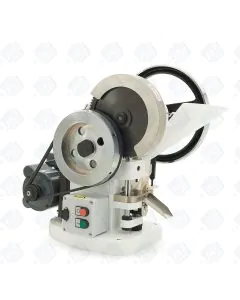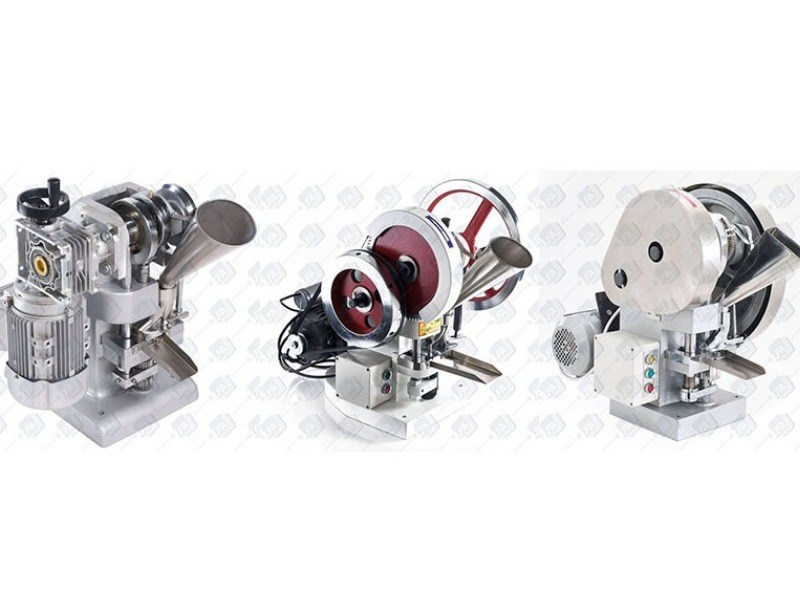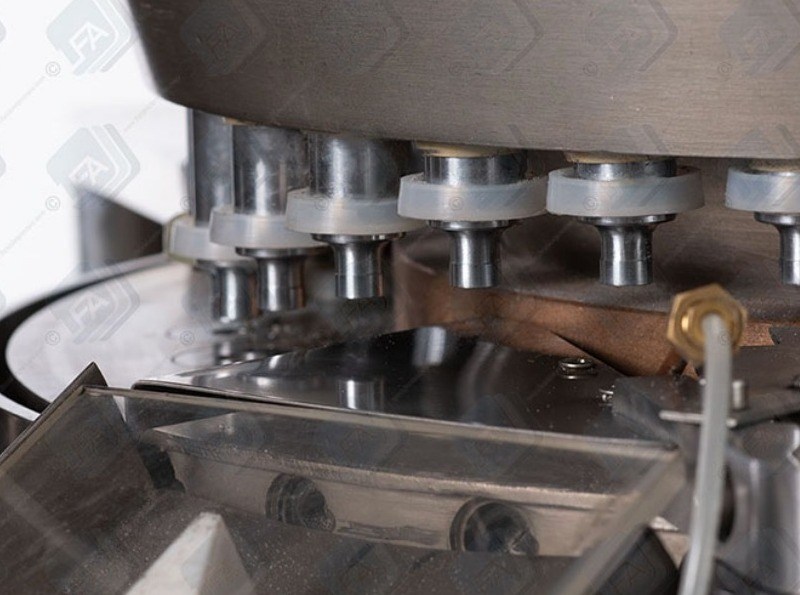What is the best type of dehumidifier to use when manufacturing tablets?
Even the simplest form of pharmaceutical manufacturing process can involve a range of process steps before the product is packaged and shipped to the consumer.These may include:
Lab-scale development using glove boxes, process driers and coaters
- Micronising mills
- Storage of powders and liquids
- Mixing
- Tablet compression
- Film or sugar coating
- Aseptic packaging
- Blister packaging
- Storage of the finished product
In each of these steps, humidity of the surroundings can have a profound effect on the product appearance, quality, yield and lifetime.Control of humidity is important to achieve a quality product. Whilst some products may be able to be produced with minimal control of workplace humidity, others cannot simply be produced without careful control of the humidity around the process steps.Such control may also vary according to the season and local micro-climate variations.
Conventional HVAC
It is generally easy to maintain the working environment to a temperature around 21 °C and relative humidity near 45%, using refrigeration based air handling systems.Such systems operate using chilled water or direct expansion of a refrigerant and are the basis of traditional heating, ventilation and air conditioning (HVAC) equipment.Modern systems employing electrical compressors use variable speed drives which also permit more accurate control over the ambient conditions compared with earlier thermostat (on/off) systems. Unfortunately at humidity levels around 40% some condensation of airborne moisture around the cooling coils can lead to frozen water building up which reduces the air flow and necessitates regular de-frosting of the equipment. If this is required, humidity control is lost, which is unacceptable for a commercial process that may be running 24/7.
Zapisz się do naszego newslettera
Low humidity
To secure an environment with relative humidity less than about 40% requires different dehumidification technology.The most preferred approach is to use dessicant dehumidification technology.This is widely used throughout the pharmaceutical industry and is a reliable method of achieving low levels of humidity in different areas of the manufacturing process. Levels below 5% RH can be achieved in various areas of the packaging space, or even in an area surrounding a tableting machine or coating drum.
Care needs to be taken when very low RH levels are required since the difference in vapour pressure between the room and operators will increase, leading to increased evaporation from the skin and the effect of evaporative cooling giving the impression of a lower ambient temperature.It is often the case that the dry bulb temperature needs to be increased by a few degrees to offset this effect.
Low levels of relative humidity can have several benefits for tablet making:
- Improved reproducibility of results – more uniform quality
- Reduced friability of powder during tablet compression
- Improved appearance of coated tablets
- Reduced waste due to powder clogging the machinery
- Reduced maintenance and downtime
- Improved packaging processes
- Reduction in microbiological contamination
- Reduction in static charge on equipment and products
Dessicant technology
To achieve low levels of RH, it is necessary to use a conventional refrigeration system as the first step in improving air quality.A refrigeration system is best for removing large quantities of moisture from the air before the RH level is reduce to low levels using a dessicant dehumidifier.For this reason a conventional system may be used to bring the RH of a complete facility down to 35-40%, and this may be acceptable for some of the process steps.Dessicant technology may then be used on individual specific process areas to achieve the required low levels of humidity for those areas.
A dessicant dehumidifier or dryer consists of a rotating wheel or drum that is impregnated with dessicant (typically silica gel).The gel is usually coated onto a corrugated substrate that gives a very high surface area to volume ratio, typically over 2000 m2 per m3 of air flow.The high surface area leads to very efficient moisture transfer, and the construction of the machine is such that a relatively small area of the rotating wheel is exposed to the air stream at any given time.The rotating dehumidifier may therefore be a relatively small item of equipment, compared for example with a refrigeration air handling system.Air leaving the dehumidifier is usually too dry for most applications and is therefore blended with another air stream to achieve the desired relative humidity level.As the wheel of the dehumidifier rotates, so the moisture laden section of the wheel passes through a section in which a flowing stream of heated air drives off the absorbed moisture through a vent, that typically discharges outside the building. Design of the rotating dehumidifier is such that the dessicant does not become over-laden with water at any given time – it is either dehumidifying incoming air, or being regenerated by a stream of heated air. Relative humidity levels as low as 1% at an ambient temperature of 25°C can be obtained by using a rotating dessicant wheel.
Room considerations
It is important when specifying dehumidification equipment to allow for the worst case ambient conditions.In the UK, for example, it is prudent to work on the assumption of a maximum temperature in the environment of 35°C and moisture removal rates of 16 g/kg of air.By erring on the high side, the investment in equipment can be made knowing that the required humidification levels will always be achieved.Retrofitting equipment that does not meet the required specification can be more expensive than the initial capital purchase.It is also important to make sure that all efforts have been taken to ensure that the building or area to be dehumidified is well sealed – this includes air locks, ceiling vents, and the minimising of door openings and material transfer areas.Specialist room construction is not normally required to achieve RH levels as low as about 20%, but for lower levels, the building and the dehumidification equipment should be designed together as a package to achieve the best possible results with the lowest capital cost.In doing so, other features such as HEPA filters and temperature/air flow control systems should be incorporated to achieve the best quality air for the working environment.
Final thoughts
The required level of relative humidity for production of pharmaceutical tablets is highly dependent on the nature of the powder raw materials and the desired product.Materials that are not particularly moisture sensitive may only require dehumidification to around 40% in which case conventional equipment will achieve the desired results.More usually at least some of the process steps will require much lower levels of humidity.In these cases, dessicant drying technology is to be preferred.The size of the equipment, and therefore capital cost, will depend on the materials used in the tablet production and the expected production rate.Dessicant dryers are, however, relative simple items of equipment with lifetimes in excess of 10 years.








